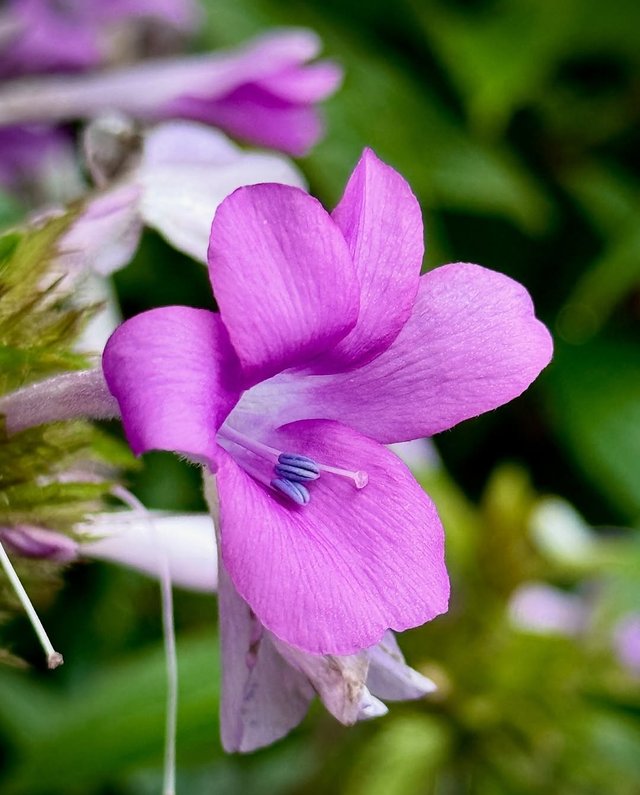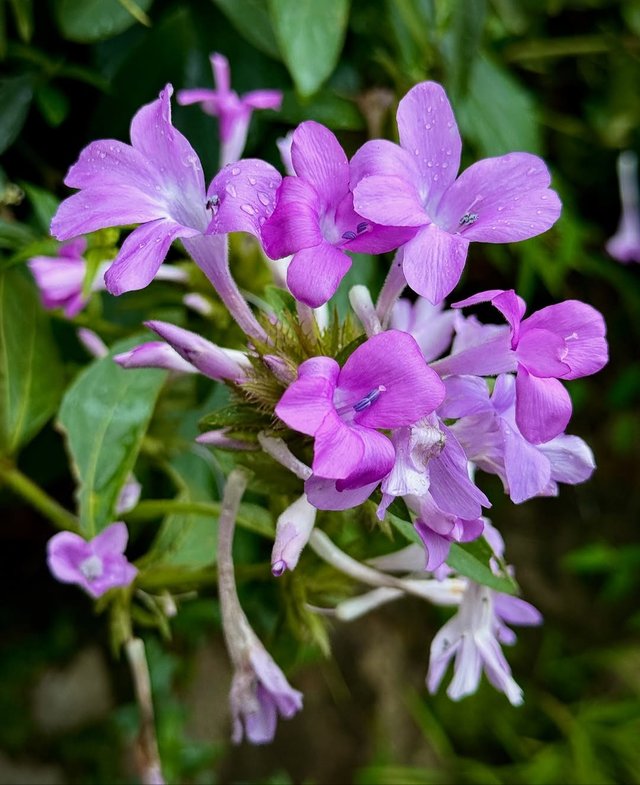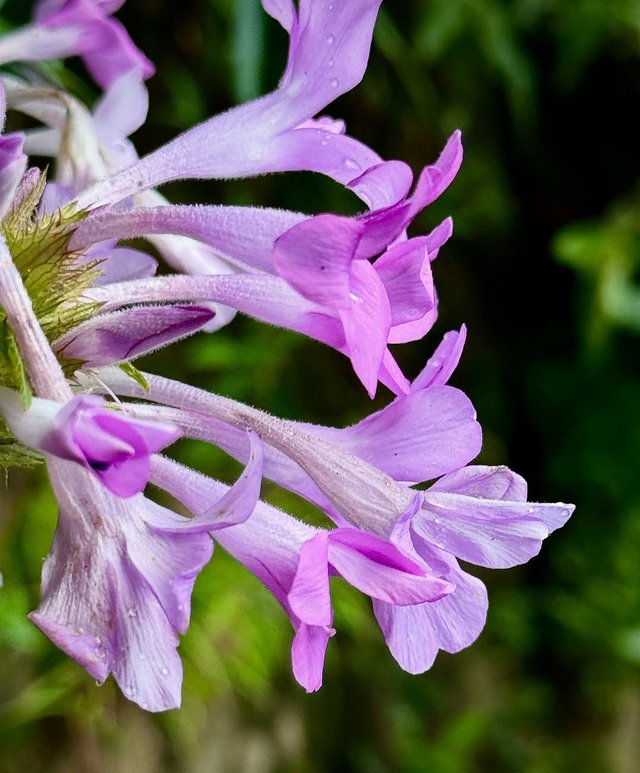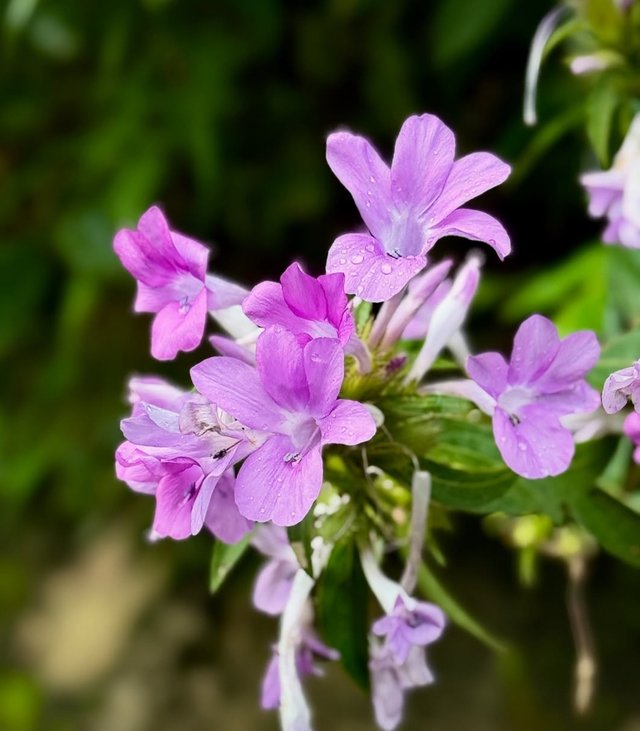Wonderful Barleria Cristata Flower
Barleria cristata: A Colorful Ornamental Shrub with Medicinal Value
Barleria cristata, commonly known as the Philippine violet, crested Philippine violet, or bluebell barleria, is an attractive perennial shrub belonging to the family Acanthaceae. Native to tropical Asia, particularly India and Southeast Asia, this plant has found its way into gardens worldwide due to its striking blooms and ease of care. It is cherished both as an ornamental species and for its potential medicinal uses in traditional herbal practices.
Botanical Description
Barleria cristata is a small, bushy shrub that typically grows to a height of 30–100 cm. Its branches are slightly woody at the base, and the leaves are opposite, ovate to elliptic, and smooth-edged, often measuring 5–10 cm in length. The foliage is a lush green, providing a beautiful contrast to the plant’s blossoms.
The most distinctive feature of this species is its large, trumpet-shaped flowers. Blooms can range in color from lavender-blue to purple, pink, or even white, depending on the cultivar. Each flower is about 5–6 cm wide with five prominent petals, and the blooms are often clustered near the tips of branches. Flowering usually occurs in the late summer through fall, although in warm, frost-free areas, it can flower intermittently throughout the year.
Habitat and Distribution
This species is native to tropical and subtropical regions of Asia but has been widely introduced elsewhere as an ornamental plant. It thrives in well-drained soils and sunny to partially shaded locations. Barleria cristata can tolerate a variety of soil types, from sandy to loamy, but performs best in moderately fertile ground. It is common in gardens, parks, and even roadside plantings in many tropical countries.
Cultivation and Care
Barleria cristata is a low-maintenance shrub that is ideal for beginner gardeners or for those looking to add splashes of color to their landscape. Here are some tips for cultivation:
Sunlight: Full sun to partial shade is ideal. While it can tolerate some shade, more sunlight encourages prolific flowering.
Soil: Prefers well-drained, fertile soils. Adding compost can enhance growth.
Watering: Moderate watering is sufficient. The plant is relatively drought-tolerant once established but benefits from regular watering during dry spells.
Pruning: Prune after flowering to encourage bushier growth and more blooms.
Propagation: Easily propagated through stem cuttings or seeds. Cuttings tend to root quickly in moist soil or sand.




%20(7).jpeg)